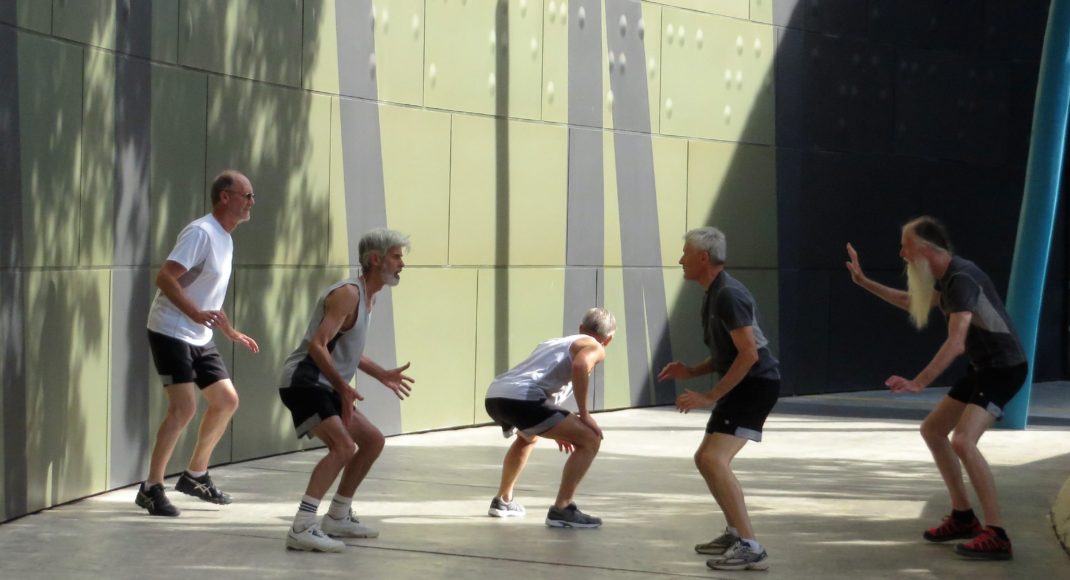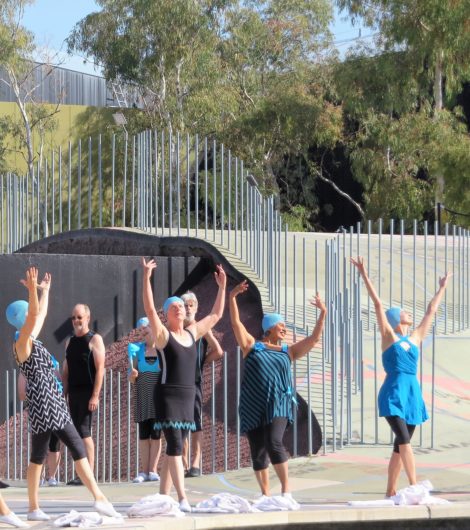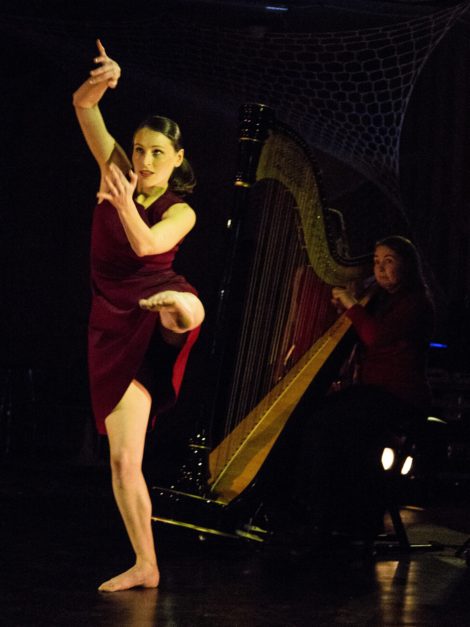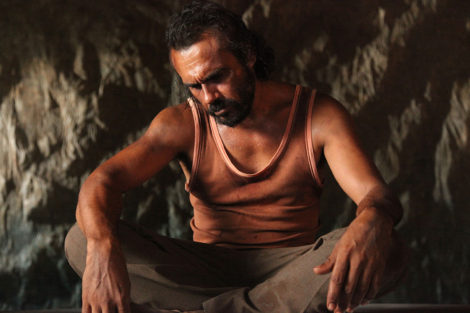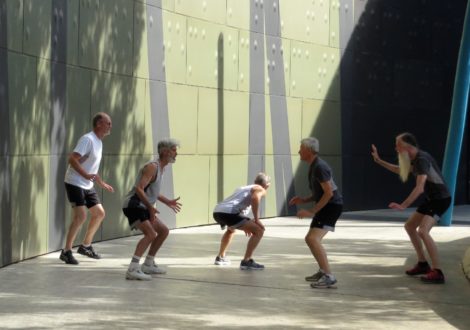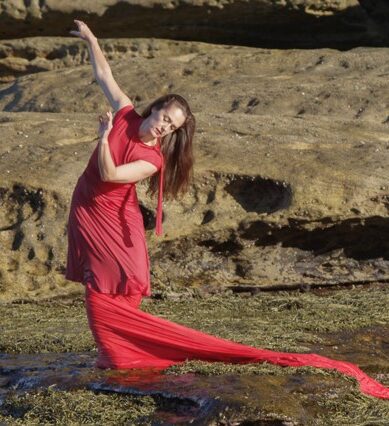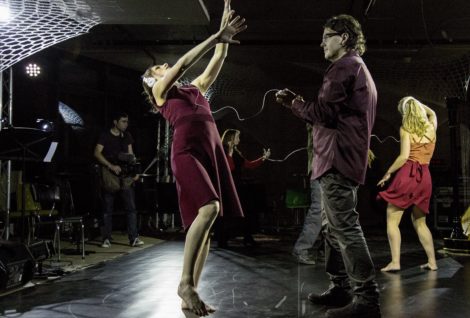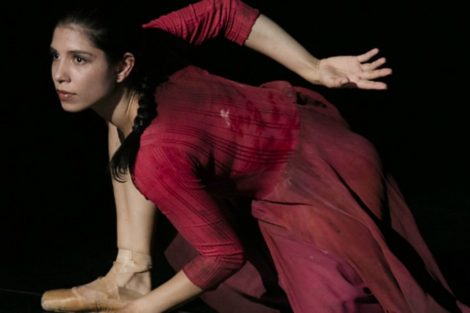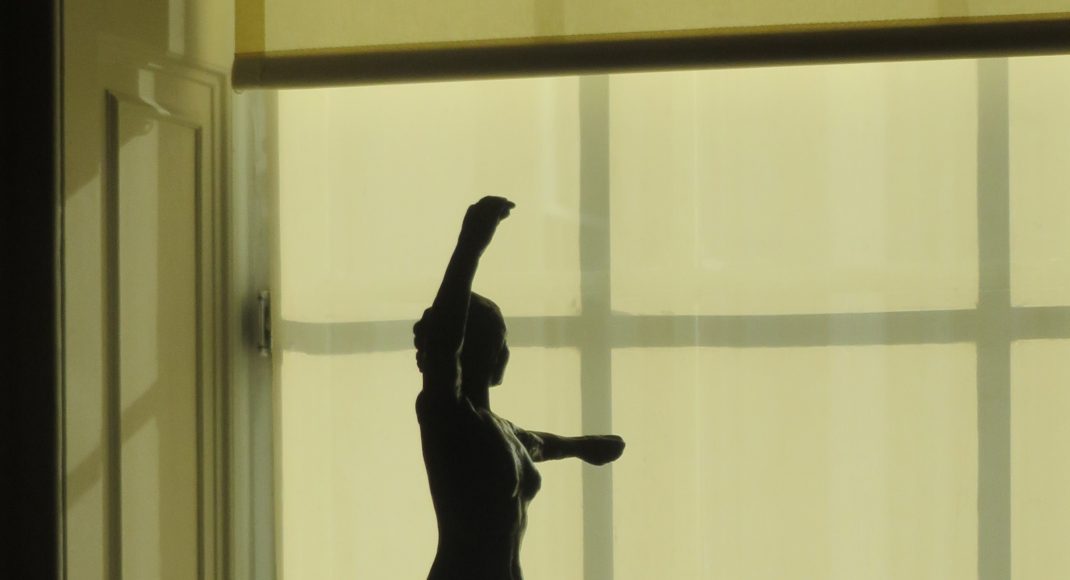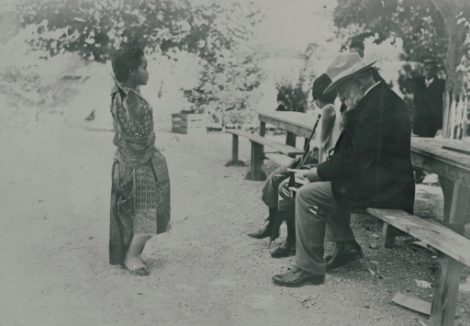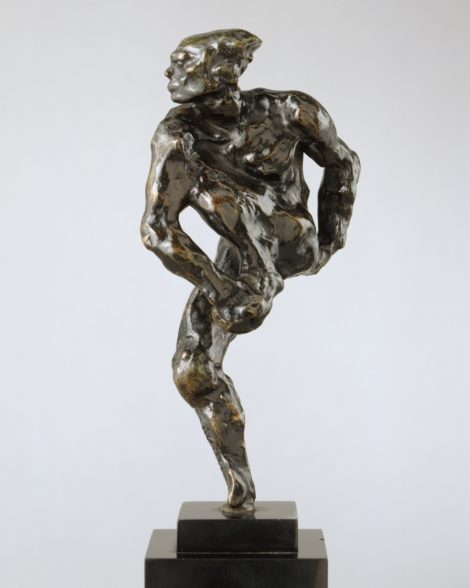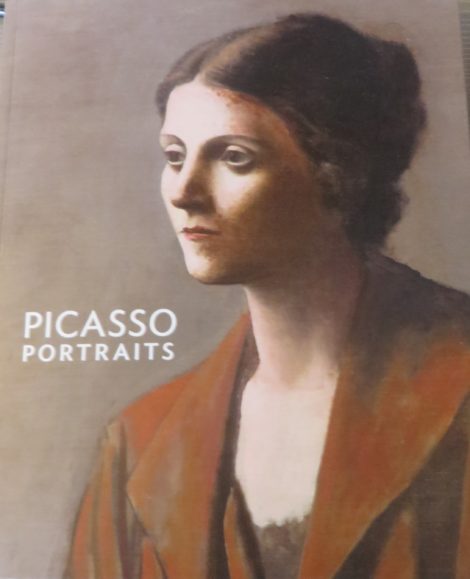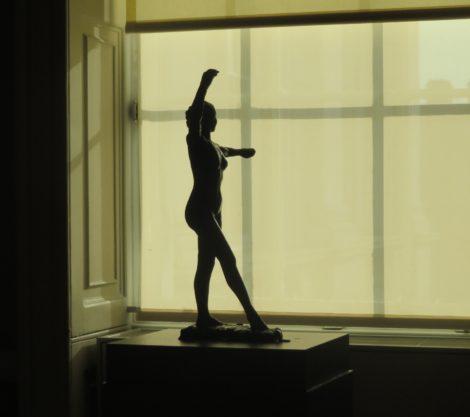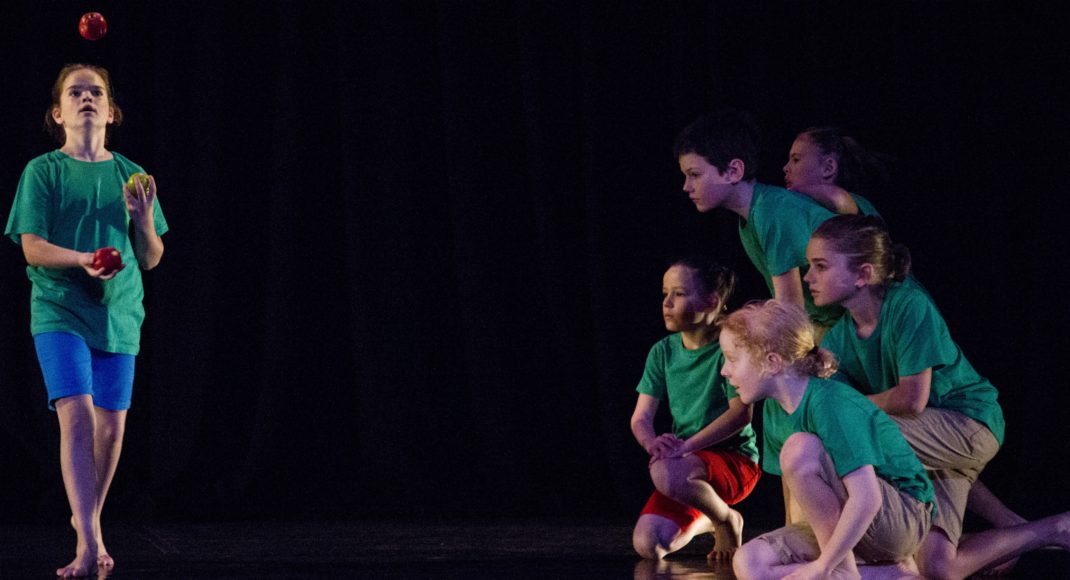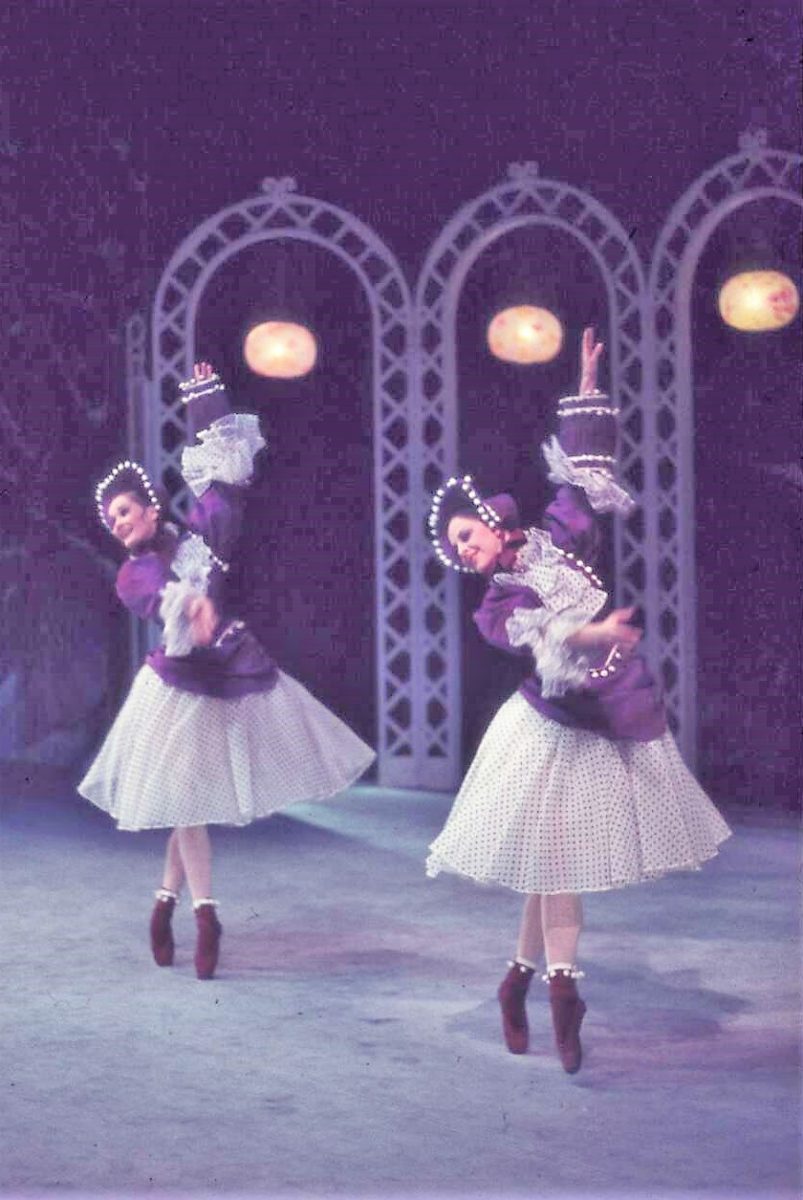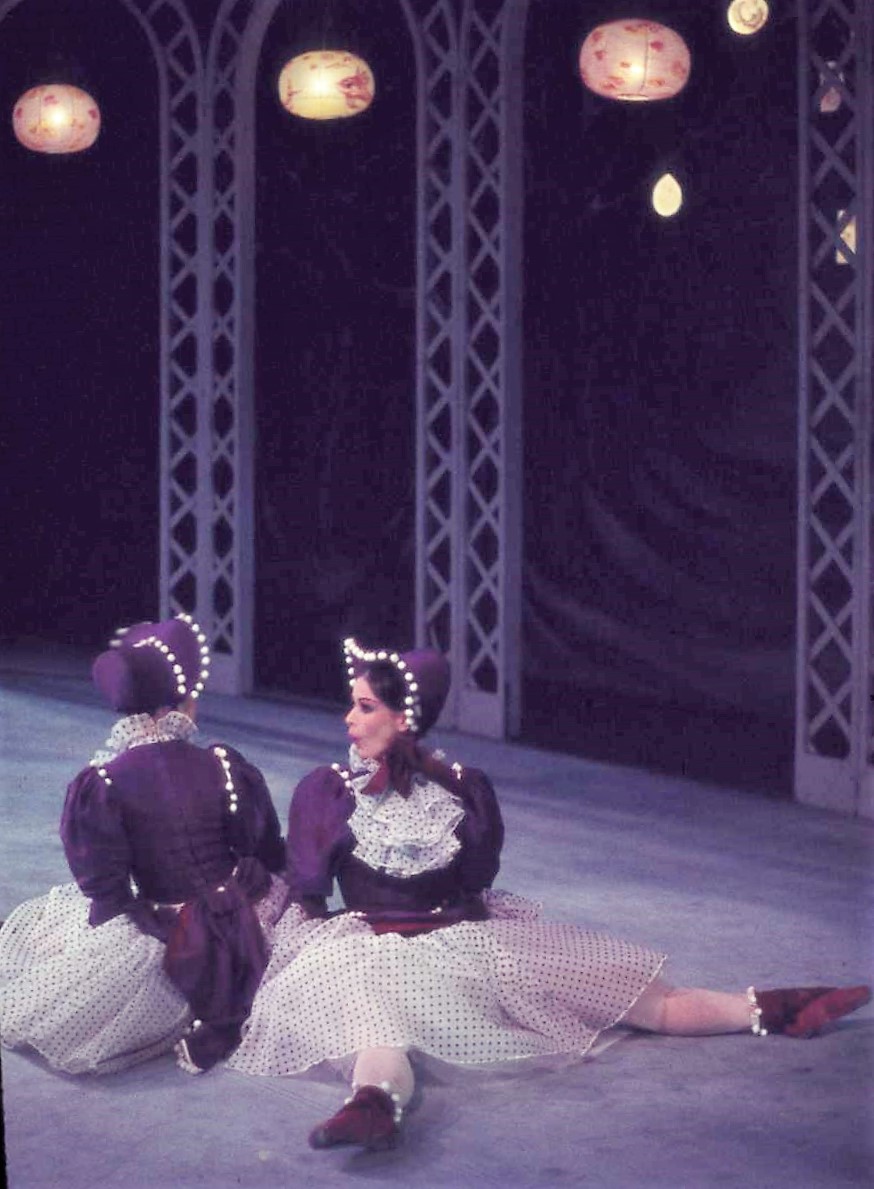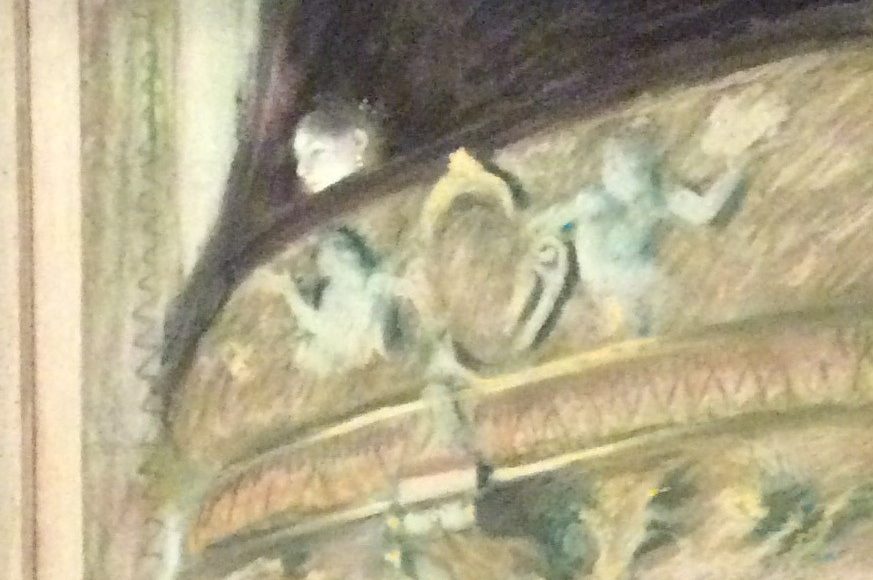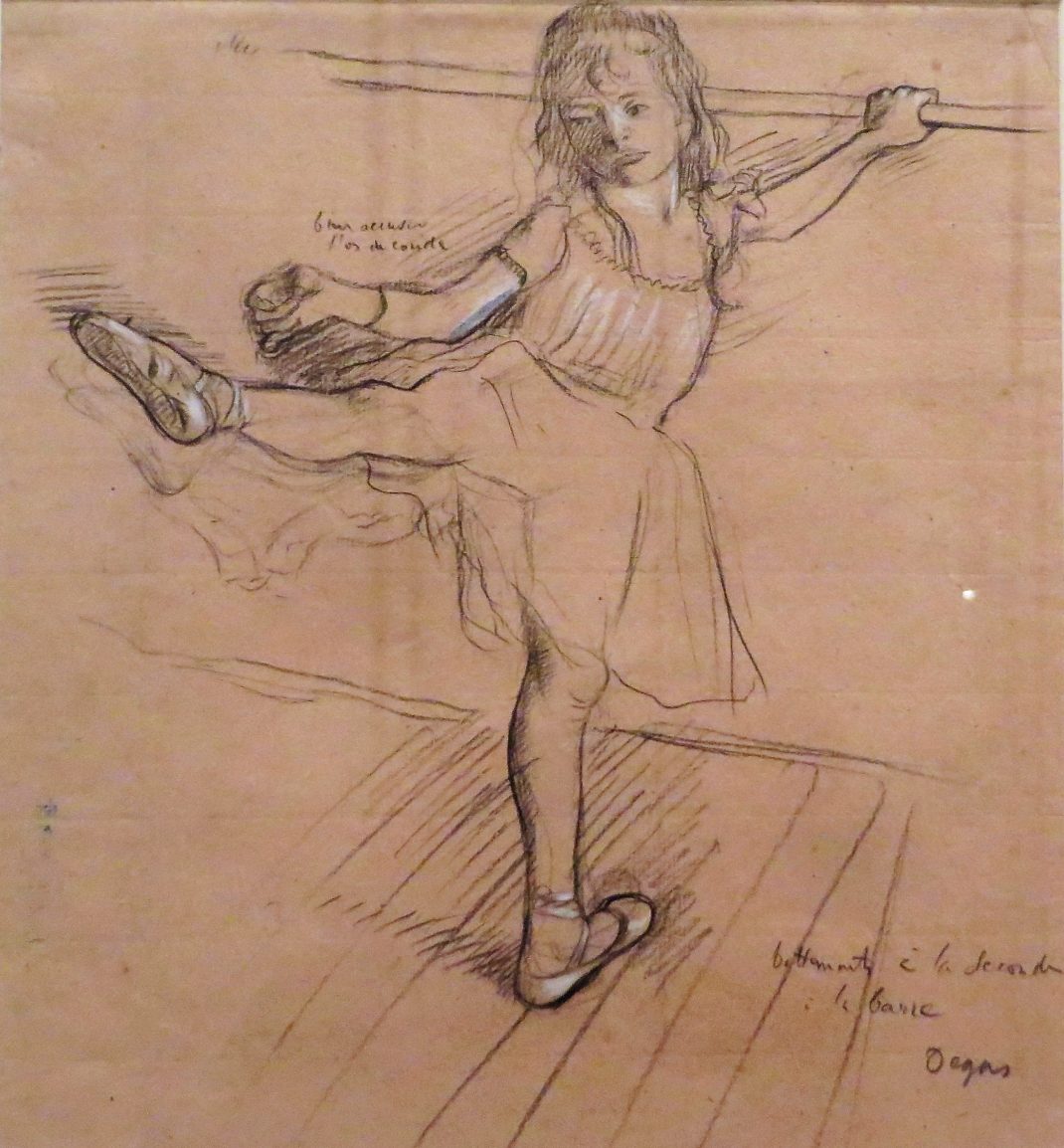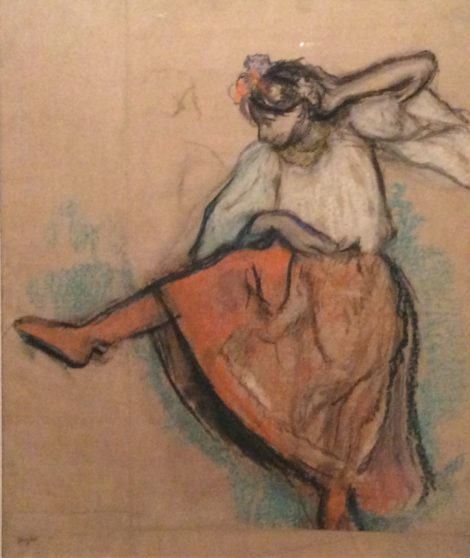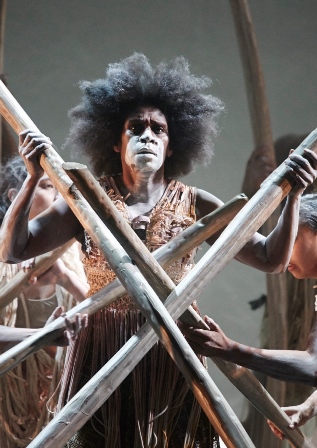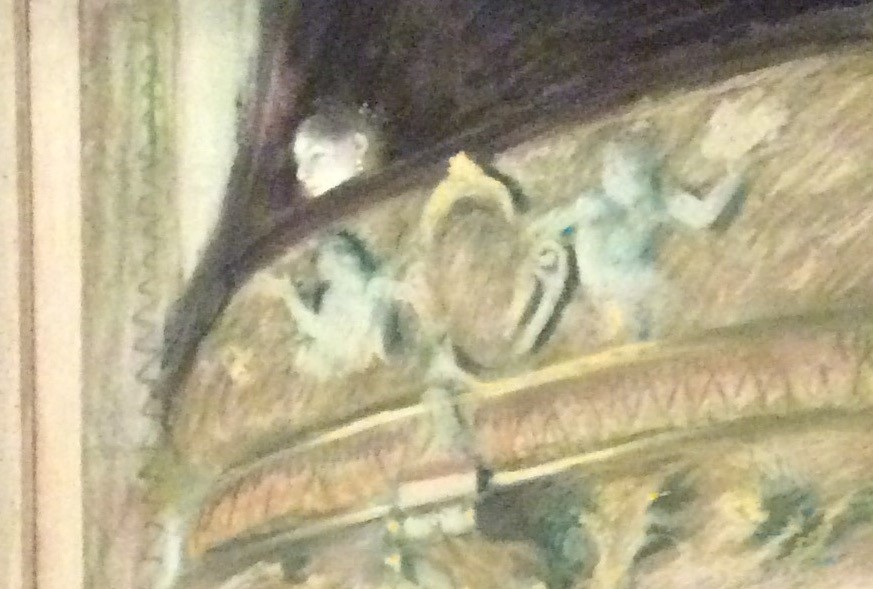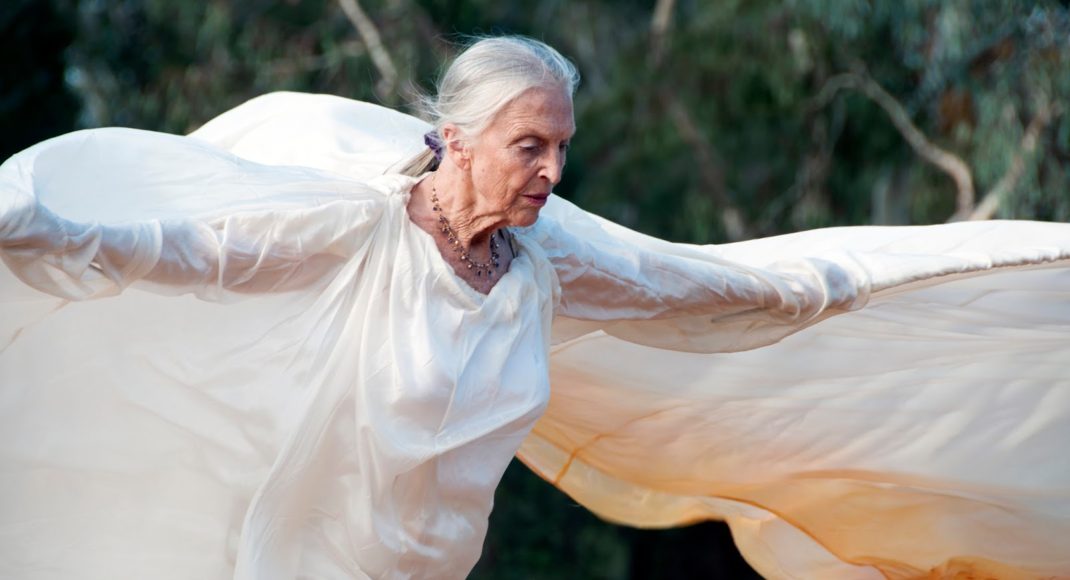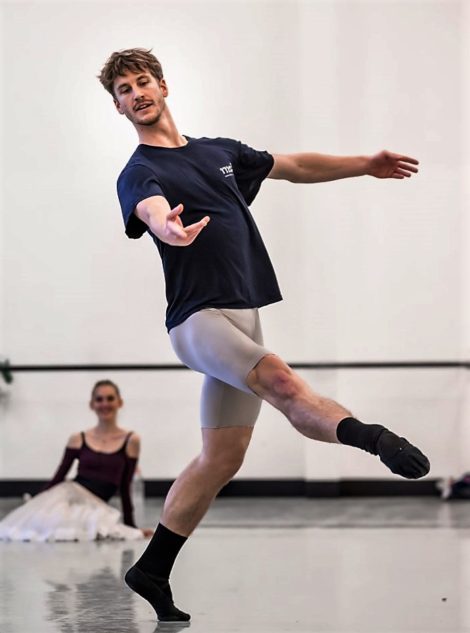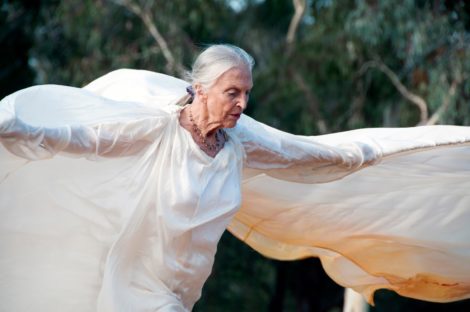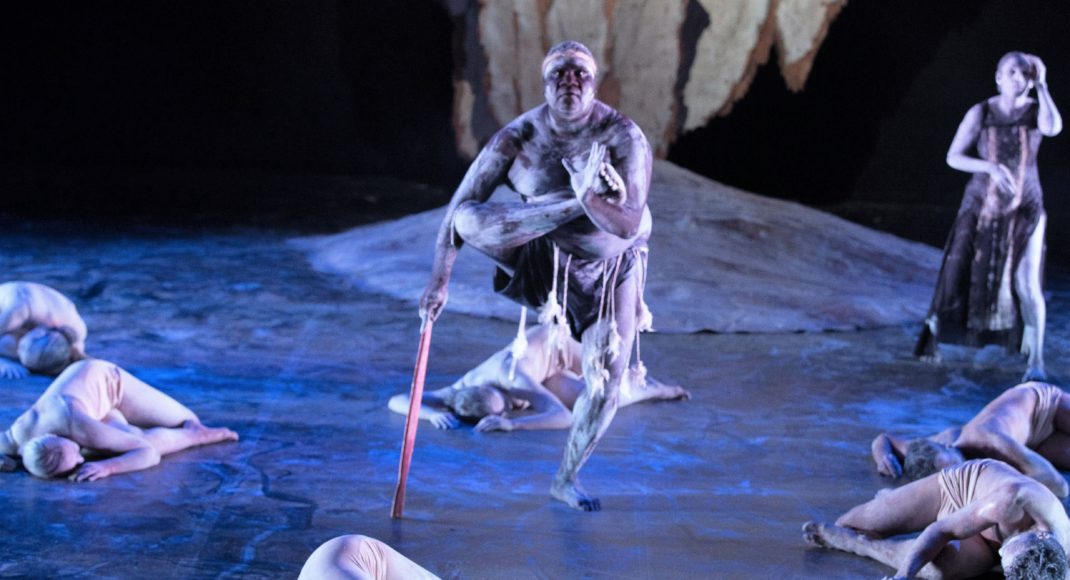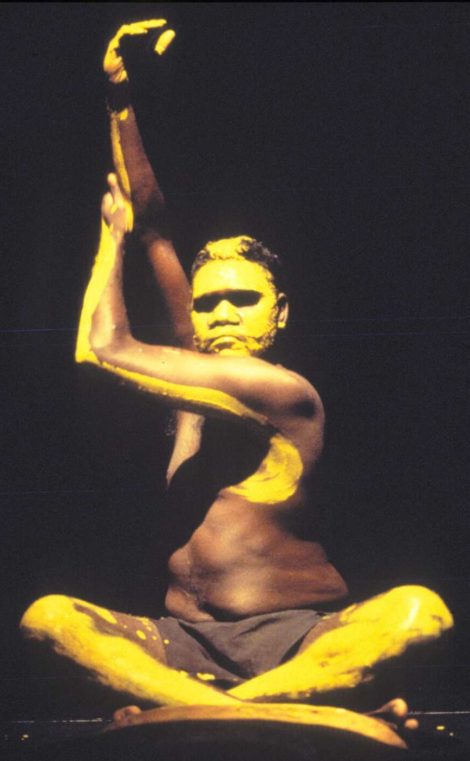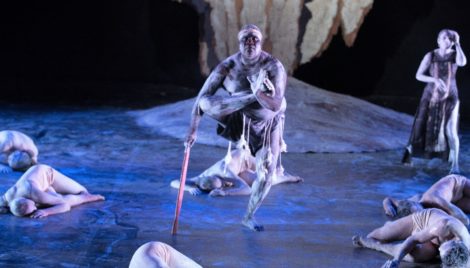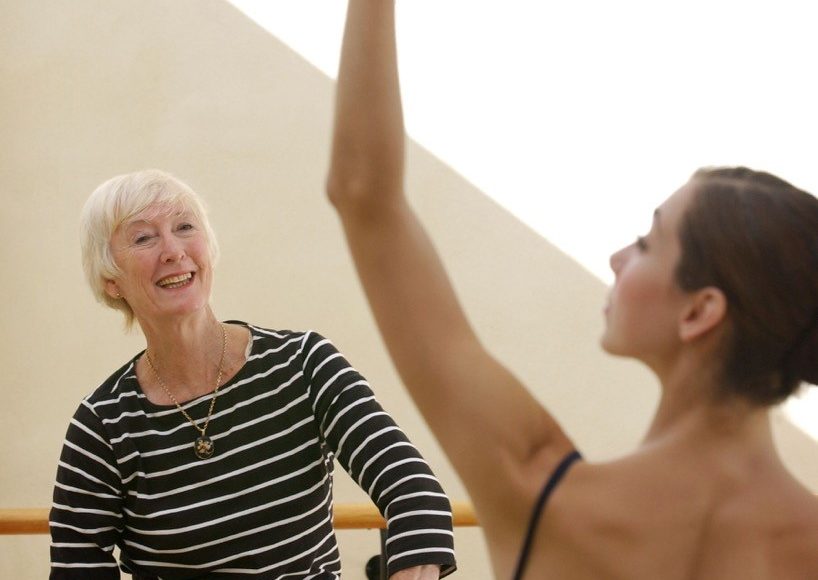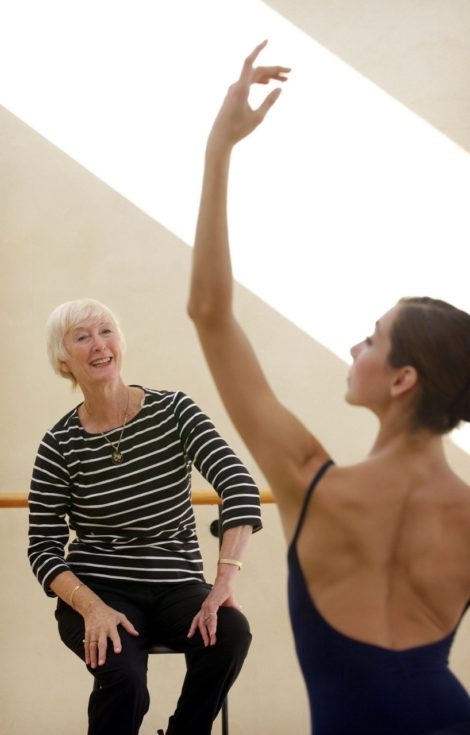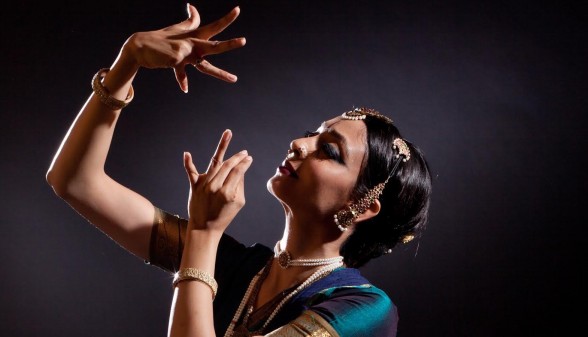- Happy New Year
May 2017 be a very happy and productive new year for all. My thanks to all those who have logged on to my site during 2016, and special thanks to those who have made comments throughout the year, or made contact in other ways.
My Canberra dance picks for 2016 have already been published by The Canberra Times, and posted, with additional comments, at this link. My ‘best of’ reaching beyond, but including Canberra will appear as part of the annual Critics’ Survey in Dance Australia in the February/March issue.
Perhaps more than anything in 2016 I have been impressed and encouraged by Queensland Ballet—great programming, wonderful dancing, a company on the move. For me, QB’s production of Liam Scarlett’s A Midsummer Night’s Dream was the 2016 standout across the board. But the company also gave us the fabulously glamorous Strictly Gershwin; the mixed bill Lest We Forget, which included Natalie Weir’s haunting We who are left; and, of course, the warmth and comfort of an old favourite in the Ben Stevenson production of The Nutcracker. I look forward to more from this vibrant company in 2017.
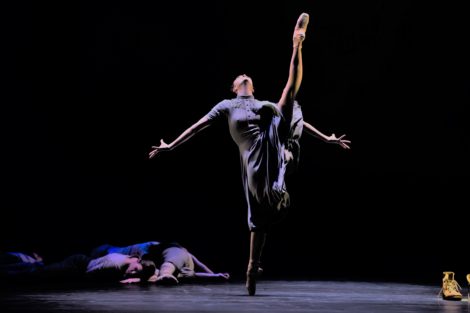
- On course 2016. QL2 Dance
The On course program has become an annual December event for QL2 Dance. The program offers students taking tertiary dance courses from across Australia to come to Canberra to choreography, collaborate, perform and be mentored. This year, the tenth year of the initiative, nine short new works made up the program.
It was an evening of occasional promise but overall a very mixed bag. Probably the most interesting part of the evening was a question that came from an audience member at the Q & A that followed the showing. A gentleman began his question with the words ‘I am a scientist.’ He then proceeded to ask (with apologies to the gentleman as I am not able to quote him exactly) whether the choreographers aimed to make work that was understandable, and whether they thought of the audience as they created. A long-ish reply ensued with several choreographers making comments, which largely focused on the fact that the choreographers thought more about giving expression to their ideas rather than whether it was understandable to the audience.
What surprised me most of all was that the initial, and perhaps most forceful response, came from Oonagh Slater, currently a tertiary student at the Victorian College of the Arts and a former performer with QL2. Her solo work was probably the most easily understood of any of the works, despite the title the body series: (corporeality) a progression and despite her comments about not making work with the audience in mind. It was strongly visual and could be easily read as an abstract work about shape, colour, form and space.
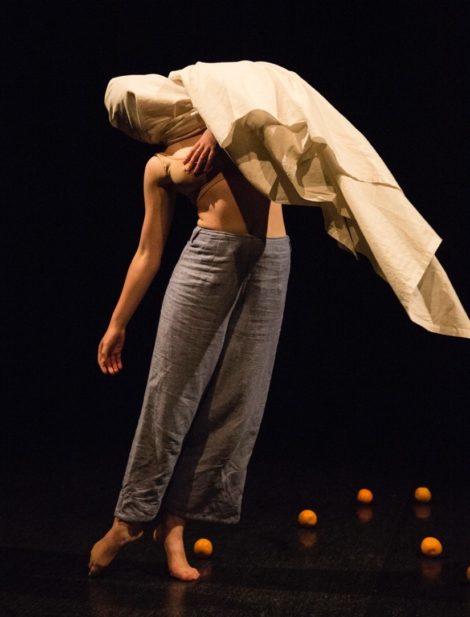
The episode made me wonder whether young choreographers need better mentoring/teaching? And hats off to the scientist who (I assume) wanted to be able to understand what he was seeing. Why go to a performance otherwise?
- Press for December 2016
‘A modern take on traditional thrills.’ Review of Circus 1903. The Canberra Times, 6 December 2016, p. 18. Online version
‘In step with youth.’ Feature on Ruth Osborne and her award of a 2017 Churchill Fellowship. The Canberra Times—Panorama, 17 December 2016, p. 11. Online version
‘Rich variety sign of more exciting times.’ Top Canberra dance picks for 2016. The Canberra Times, 27 December 2016, p. 18. Online version
Michelle Potter, 31 December 2016

